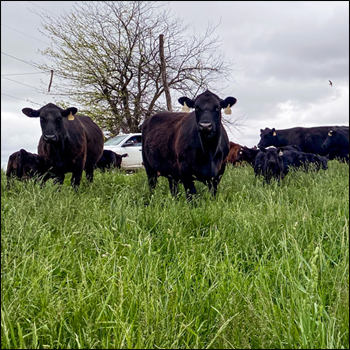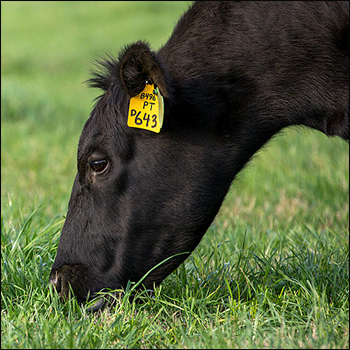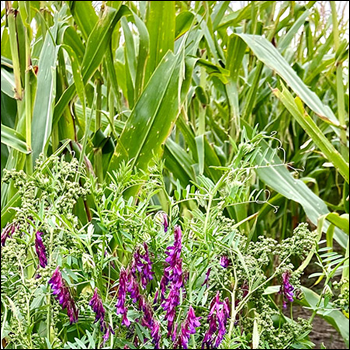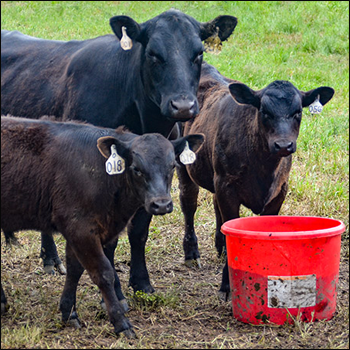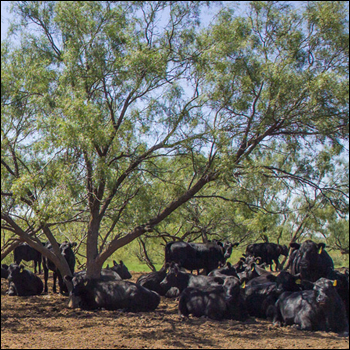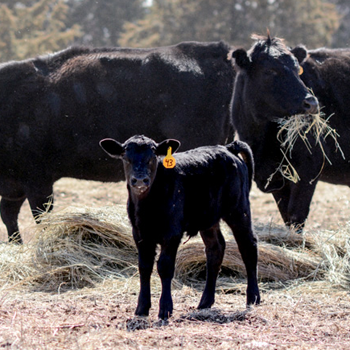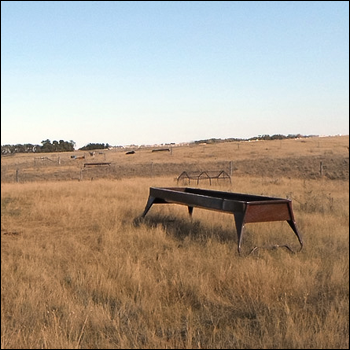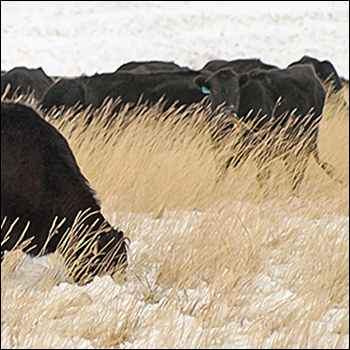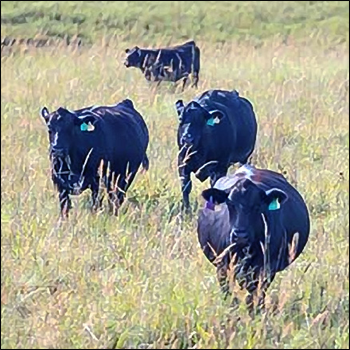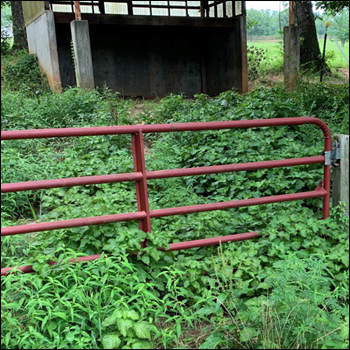
Texas Wildfire Early Ag Losses Total $23.1 Million
AgriLife Extension economists tally wildfire fence damage, lost grazing value, livestock deaths.
Texas wildfires that ravaged the Eastland Complex, parts of the Panhandle and Coryell County regions encompassing 433,000 acres have resulted in $23.1 million in preliminary agricultural loss estimates, according to Texas A&M AgriLife Extension economists.
The losses include more than 400 livestock deaths, lost grazing values and fence repair costs. Dry, windy conditions throughout the winter season and into early spring heightened the fire danger threat.
The preliminary estimates were calculated beginning with the early March fires and running through the end of April. AgriLife Extension economists say the preliminary loss estimates could climb higher due to ongoing fire threats.
“Drought conditions are only intensifying the potential for further economic losses moving forward, considering the prospects of hay availability and associated feed costs,” says David Anderson, AgriLife Extension livestock economist, Bryan–College Station.
AgriLife Extension deployed its Disaster Assessment Recovery agents along with its county agents to implement animal supply points in the Eastland Complex at Rising Star, Cross Plains and Gorman. Agents assisted with collecting donations and distributing hay, feed and other resources. They also provided field and damage assessment support.
“Our Disaster Assessment Recovery agents worked tirelessly to establish and operate animal supply points at key areas,” says Monty Dozier, AgriLife Extension Disaster Assessment Recovery program coordinator, Bryan–College Station. “Agents were working around the clock coordinating the distribution of hundreds of round bales of hay, livestock and pet food, assisting with field assessments and identification of cattle during this catastrophic event. Again, we thank those throughout Texas and our friends out of state who donated during this critical time of need.”
AgriLife Extension, Texas A&M Forest Service and Texas Division of Emergency Management (TDEM), all part of The Texas A&M University System, have provided numerous support and response efforts throughout the wildfire event that began in March.
During a seven-day span in late March, state, federal and local fire resources responded to 192 wildfires that burned 173,559 acres. More than 300 Texas A&M Forest Service firefighters and more than 200 Texas Intrastate Fire Mutual Aid System firefighters, along with firefighting personnel from 28 states, were positioned across the state to respond.
“AgriLife Extension continues its commitment to providing the resources needed for landowners and livestock producers to help recover from this tragic event,” says Rick Avery, director of AgriLife Extension, Bryan–College Station. “We appreciate the ongoing efforts of our dedicated agent network and industry partners. Texas agriculture producers are resilient, although the damages to thousands of acres of grazing land, livestock and infrastructure will be long lasting.”
“The Texas Division of Emergency Management will continue to support local officials’ response and recovery efforts from the devastating wildfires that have impacted the state this year,” says Texas Division of Emergency Management Chief Nim Kidd. “I thank the hundreds of local and state first responders who worked around the clock to protect life and property from these wildfires. TDEM field staff will continue supporting local partners in affected areas as those communities recover.”
Disaster assistance
The USDA Farm Service Agency has approved low-interest physical loss loans to help producers repair or replace damaged or destroyed qualifying physical property. To confirm eligibility and access application information, contact your local USDA Service Center.
The U.S. Small Business Administration approved Gov. Greg Abbott’s request for a disaster declaration in communities affected by the Eastland Complex Fire, unlocking access to multiple loan programs. Applicants may apply for loans, receive additional disaster assistance information, and download applications online. Applicants may also call SBA’s Customer Service Center at 800-659-2955 or email disastercustomerservice@sba.gov for more information on SBA disaster assistance.
Texans affected by wildfires are encouraged to submit property damage at damage.tdem.texas.gov to help officials identify resource needs and determine the state’s eligibility for additional disaster assistance.
Editor’s note: Blair Fannin provides executive/internal communications support for Texas A&M AgriLife. Photo by Kay Ledbetter, Texas A&M AgriLife Extension.

Angus Proud
In this Angus Proud series, Editorial Intern Jessica Wesson provides insights into how producers across the country use Angus genetics in their respective environments.
 Angus Proud: Scott Sproul
Angus Proud: Scott Sproul
Oklahoma operation learned wisdom of moving calving season to better suit their marketing needs.
 Angus Proud: Bubba Crosby
Angus Proud: Bubba Crosby
Fall-calving Georgia herd uses quality and co-ops to market calves.
 Angus Proud: Jim Moore
Angus Proud: Jim Moore
Arkansas operation retains ownership through feeding and values carcass data.
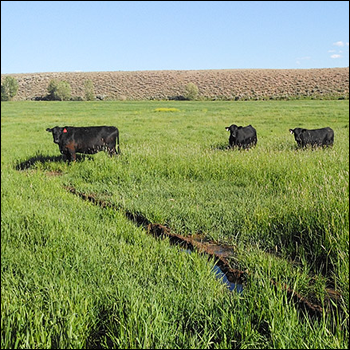 Angus Proud: Stephen Shiner
Angus Proud: Stephen Shiner
Idaho operation rotates pastures in summer and raises crops for winter.
 Angus Proud: Les Shaw
Angus Proud: Les Shaw
South Dakota operation manages winter with preparation and bull selection.
 Angus Proud: Jeremy Stevens
Angus Proud: Jeremy Stevens
Nebraska operation is self-sufficient for feedstuffs despite sandy soil.
 Angus Proud: Dave Rutan
Angus Proud: Dave Rutan
Angus breeder gets the most out of his bull investment by partnering with opposite calving-season operation.
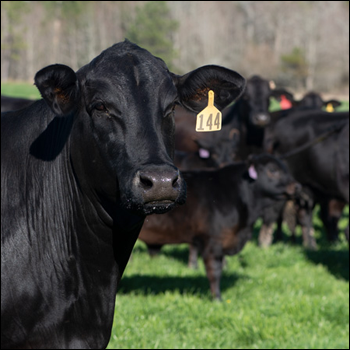 Angus Proud: Nickey Smith
Angus Proud: Nickey Smith
AngusLink helps Louisiana cattleman gain more for his calves.
